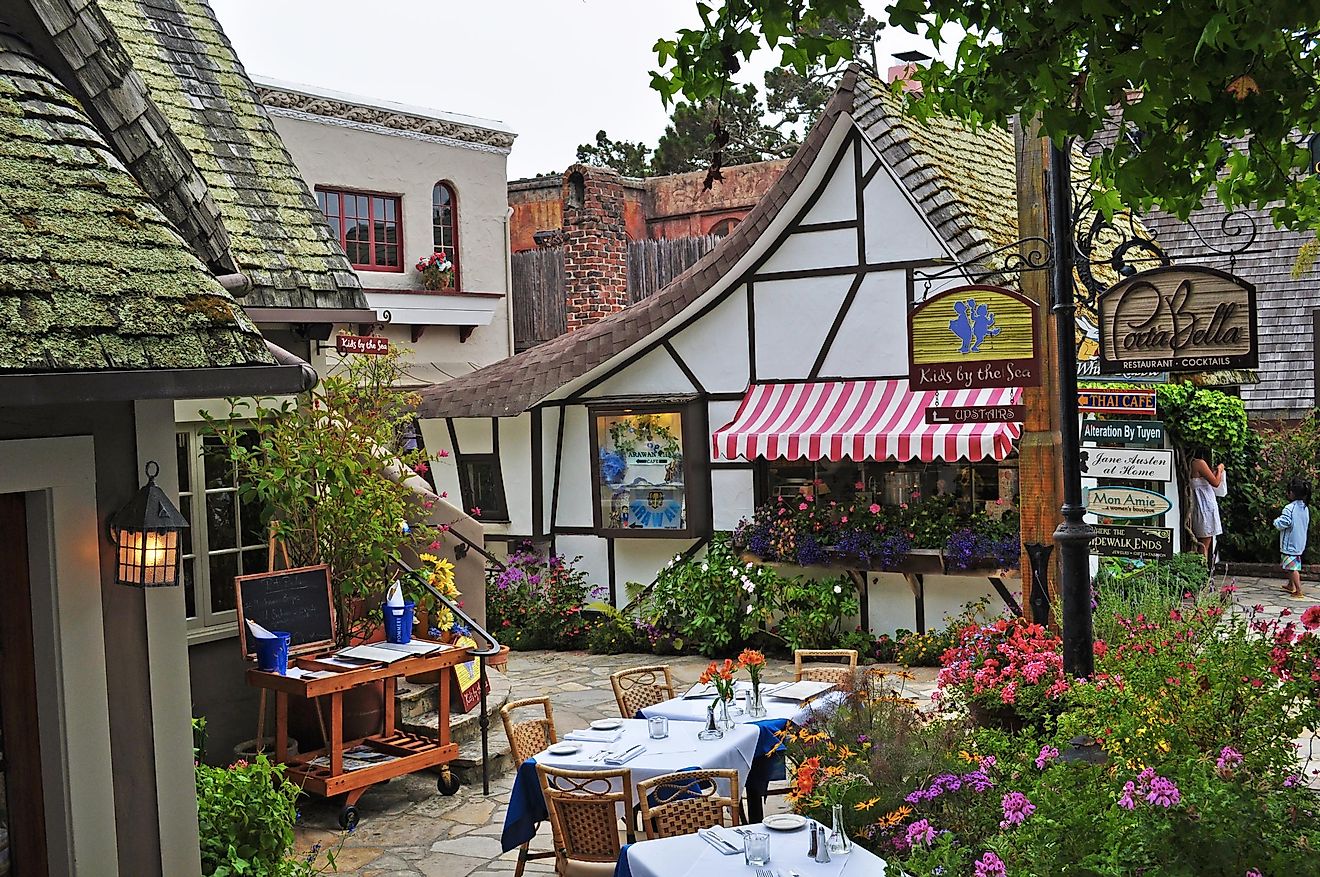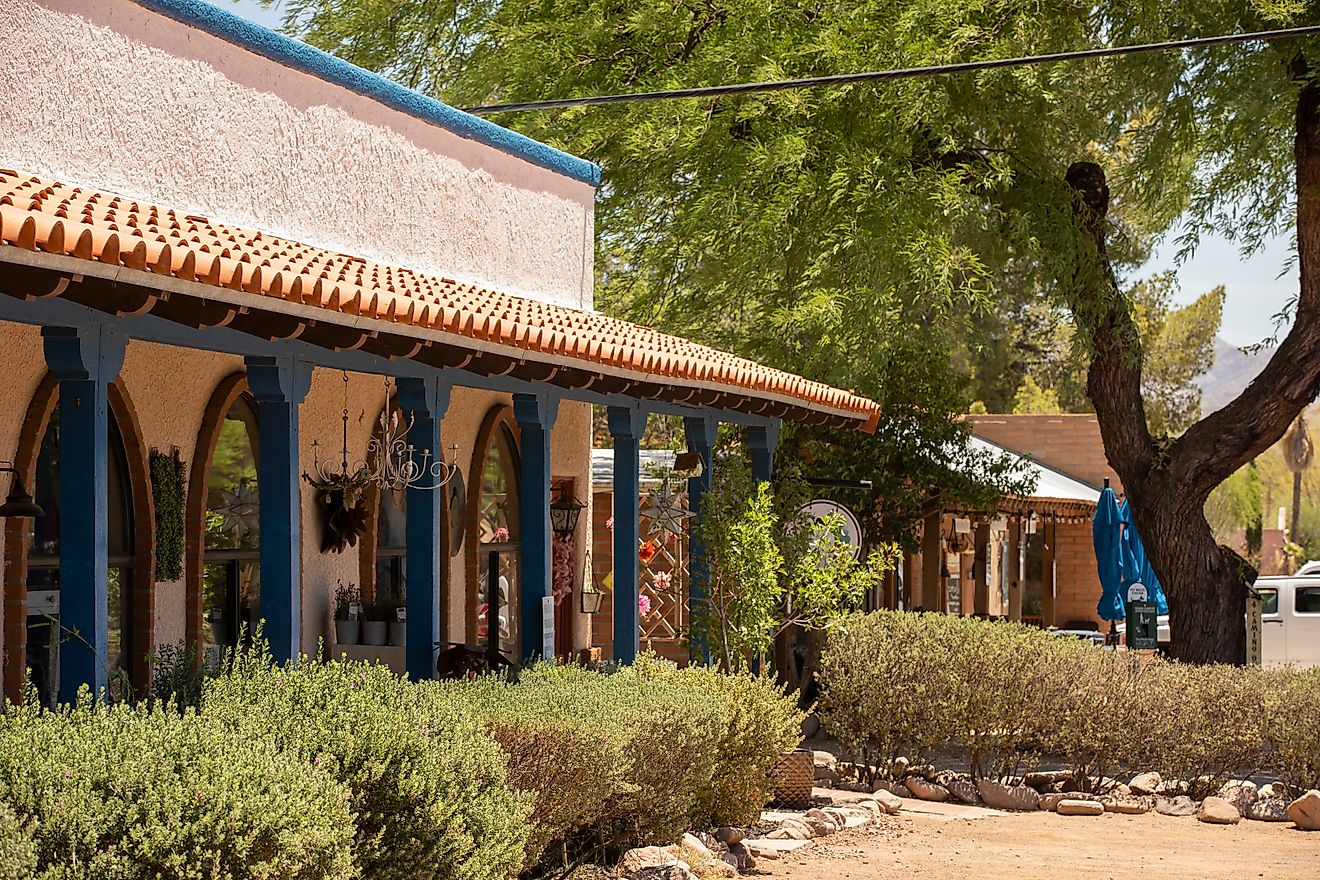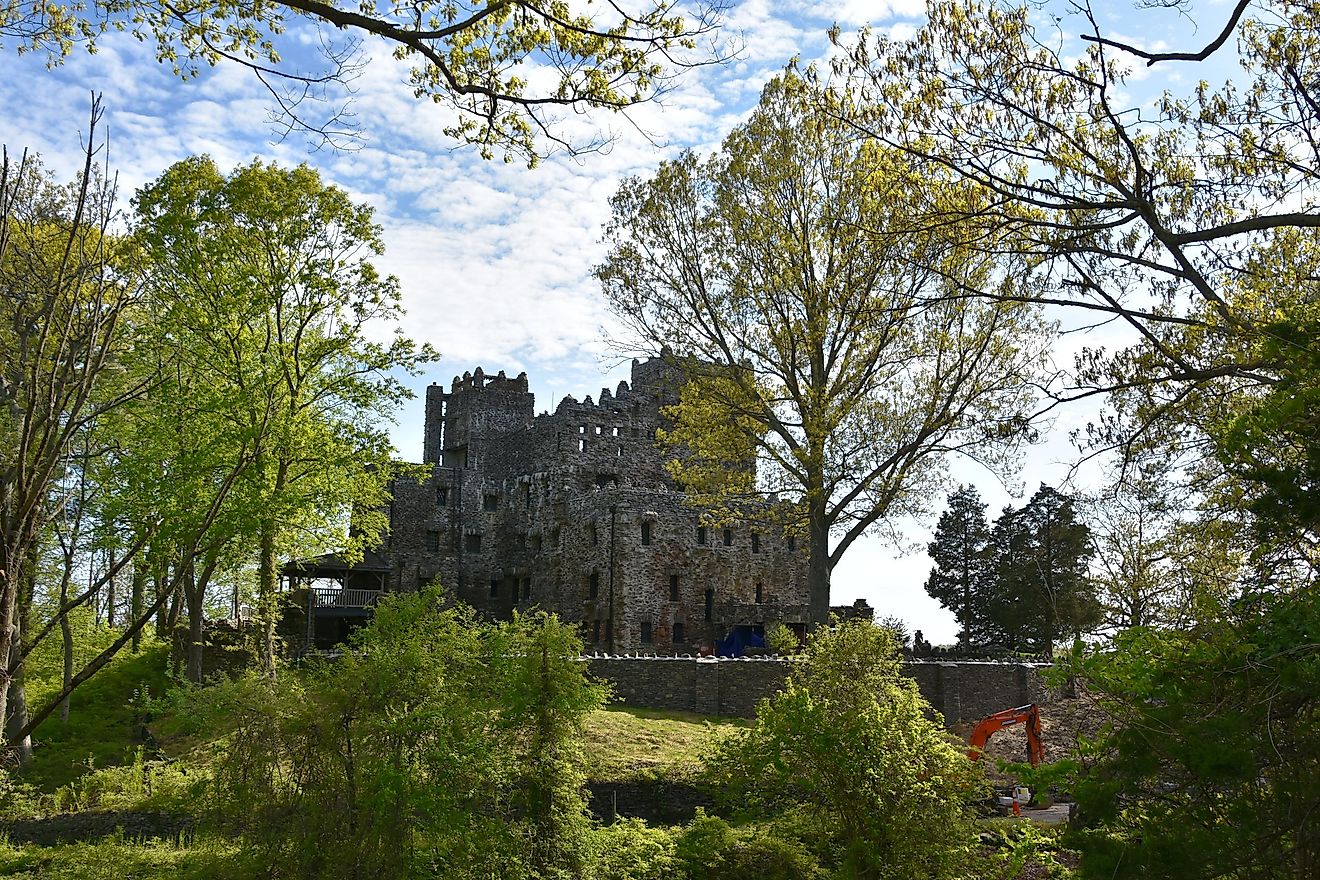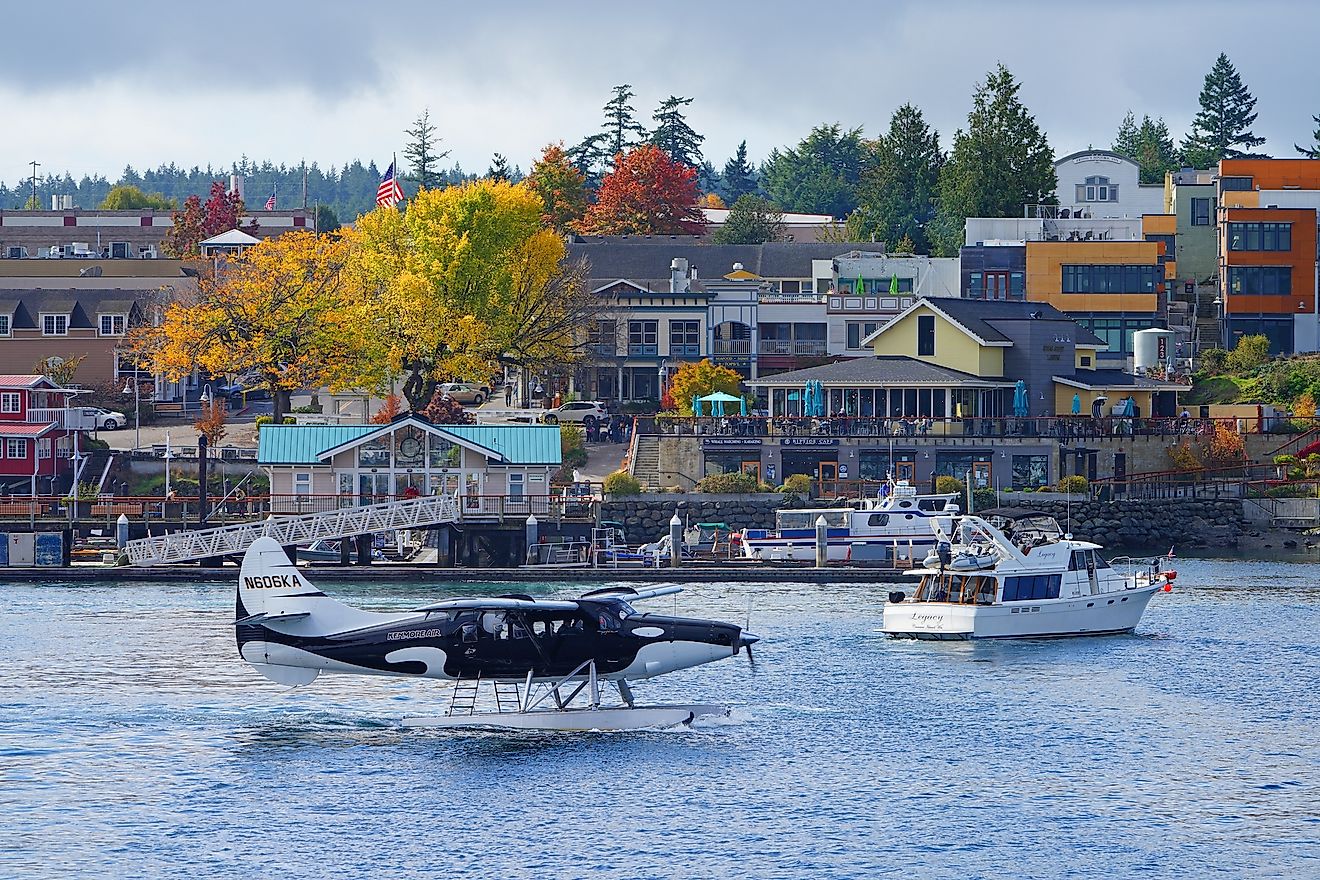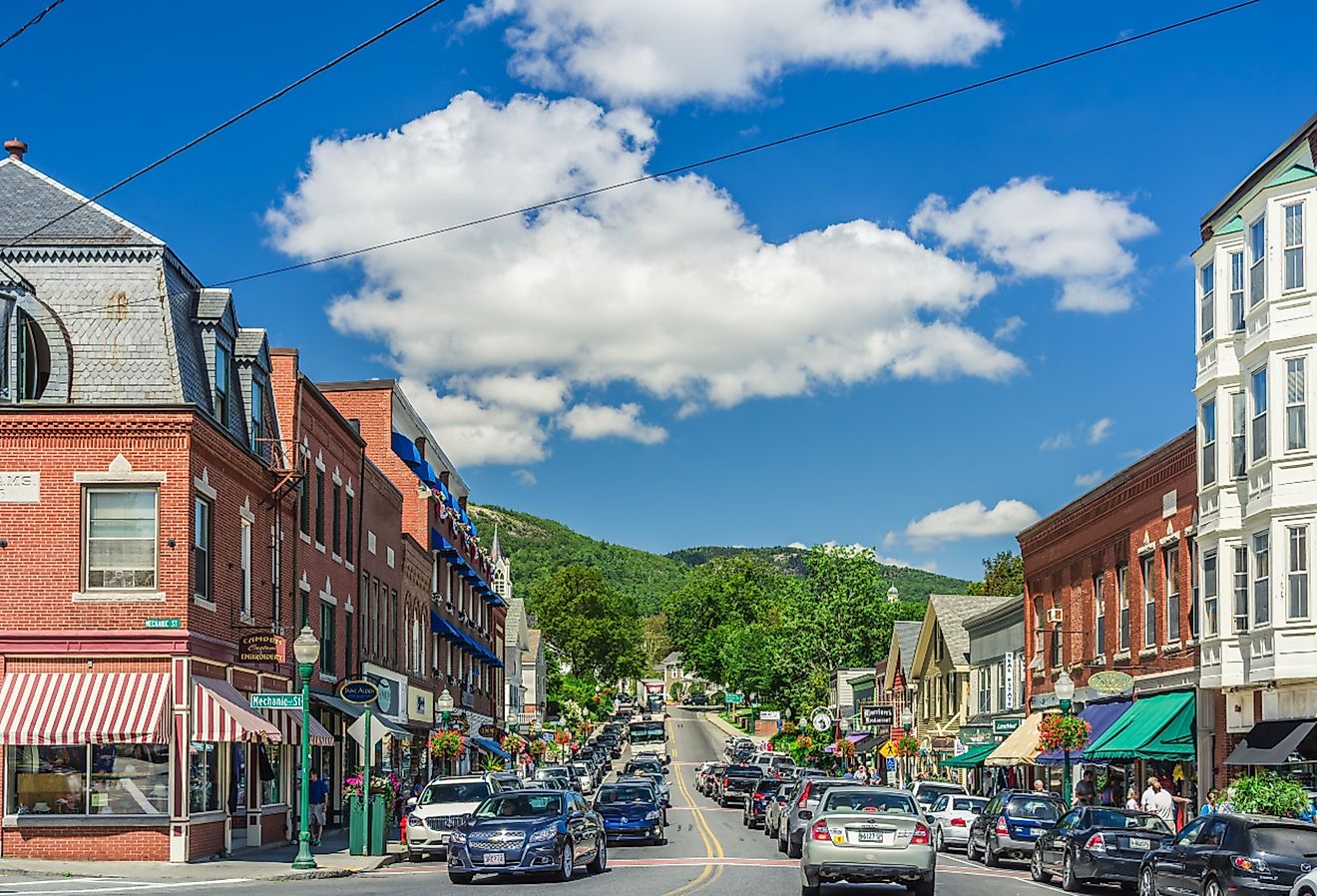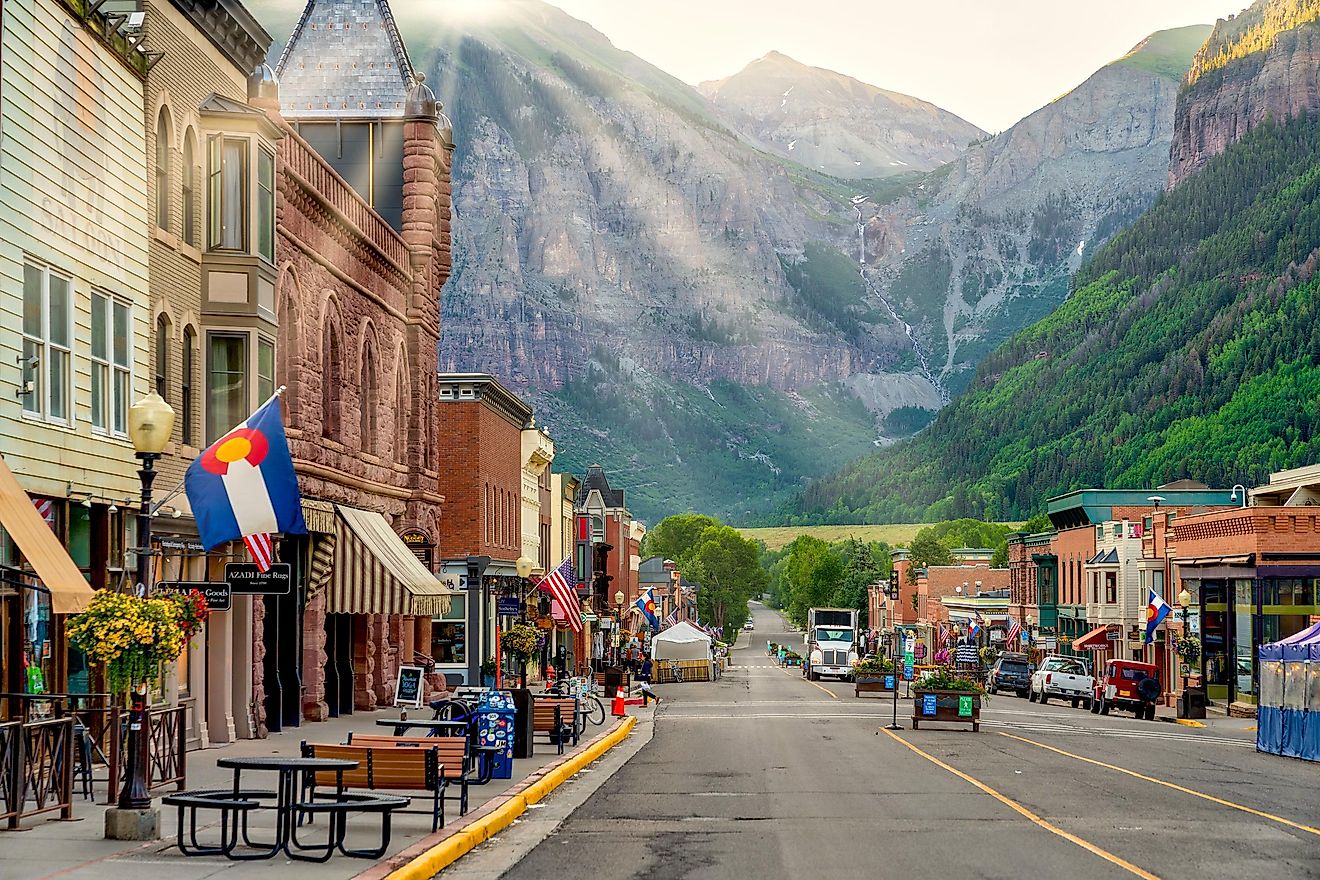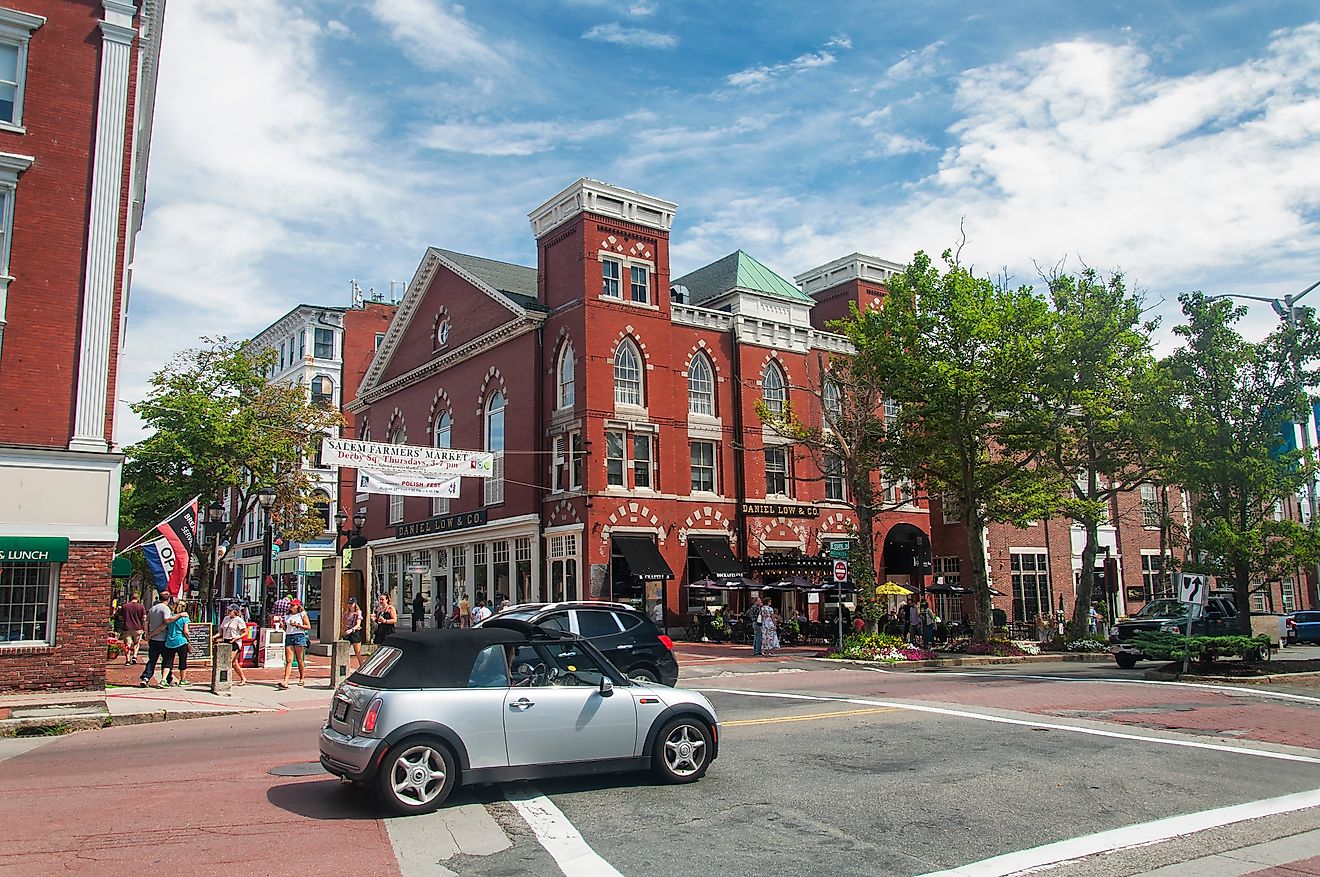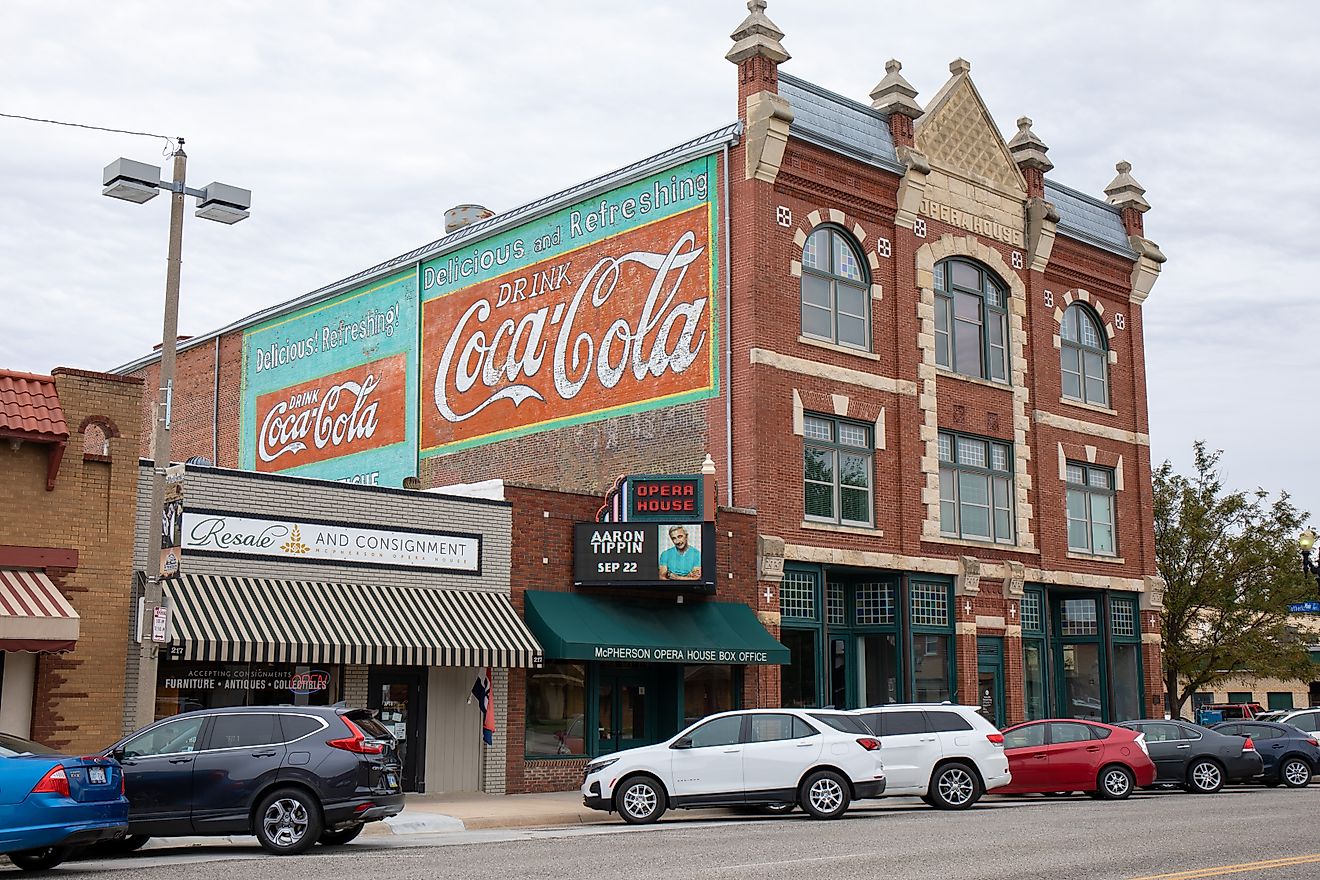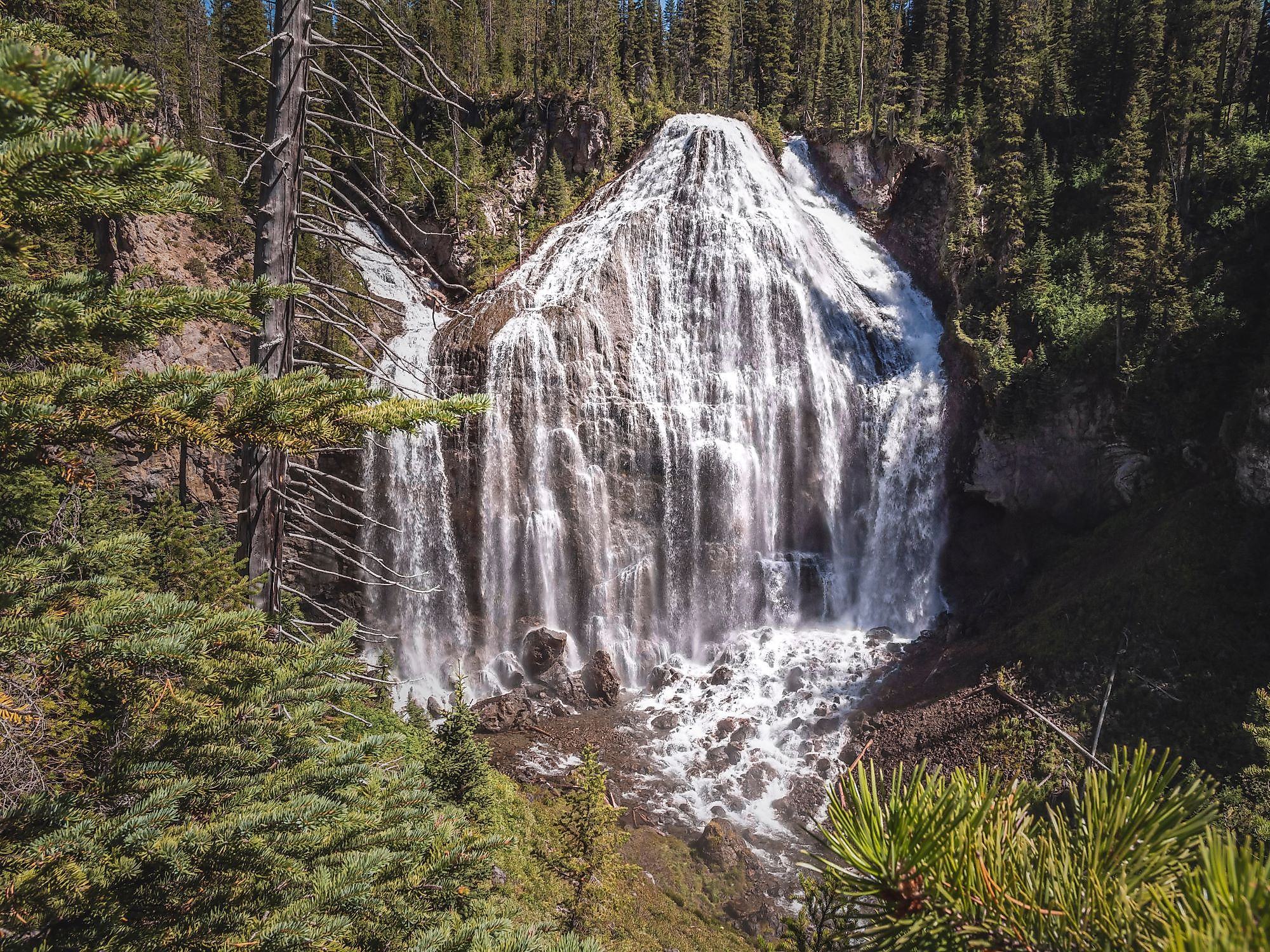
Union Falls, Wyoming
Renowned as Yellowstone’s second-tallest waterfall, Union Falls is a fan-type waterfall located within the Yellowstone National Park. Given the 16-mile roundtrip that is required to reach the waterfall, Union Falls is considered one of Wyoming’s hidden jewels.
Geography Of Union Falls
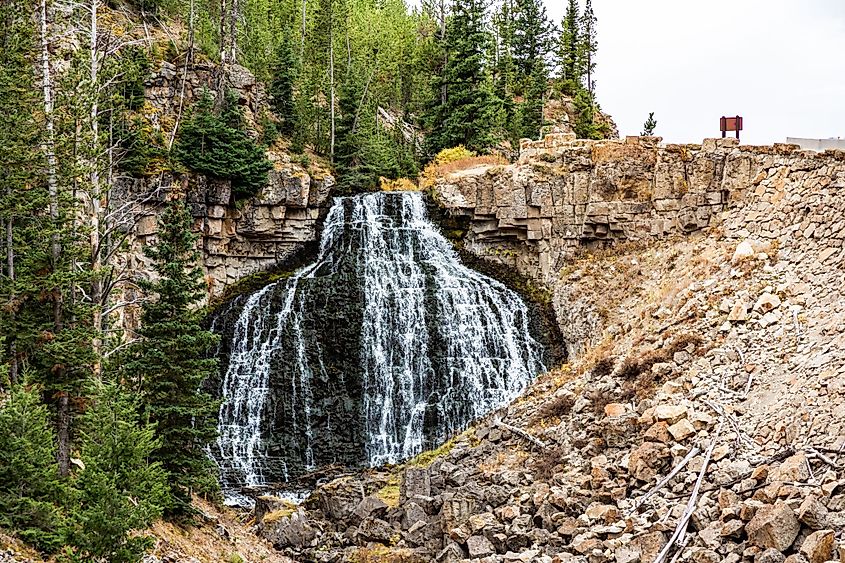
The Union Falls Waterfall lies on Mountain Ash Creek, one of the Fall River’s tributaries in the US state of Wyoming. The creek is located in the Yellowstone National Park within the Rocky Mountain region. Since the waterfall is trapezoidal in shape and drops from a steep slope, Union Falls is considered a fan-type waterfall. However, unlike horsetail-type waterfalls that also feature such steep drops, Union Falls’ characteristic fanning towards the base results in an overall weaker drop than its horsetail counterpart. Nevertheless, the waterfall remains an impressive natural wonder, given its vertical drop off approximately 260 feet. As such, Union Falls holds the title of Yellowstone’s second-tallest waterfall and is exceeded only by the Yellowstone Falls, which occurs further down the water’s course at a lower altitude and has a height of 308 feet. Moreover, the waterfall is located within the Bechler region of Yellowstone’s southwest, a temperate forest region that few get to discover, given the moderate to difficult 16-mile hike that is required to reach it. Since this region frequently receives heavy annual rainfall, it is full of streams, creeks, rivers, and waterfalls and is thus also commonly referred to as “Cascade Creek.” In fact, Wyoming’s Bechler records the highest level of rainfall across Yellowstone’s entire 2.2 million acres.
Brief History Of Union Falls
According to geologist J.P. Iddings, the waterfall’s name has been derived from Mountain Ash Creek’s converging forks that combine to form this giant cascade. The waterfall results from the “union” of these converging forks. The name was officially bestowed upon this scenic landmark by the Arnold Hague Geological Surveys within the 1884 to 1885 period. The extensive trail leading to Union Falls was heavily damaged after intense flooding in 2004. Therefore, the area was at high risk of waterlogging and exposed hikers to potentially severe hazards. In response, the National Park Service Trails Crew collaborated with the Montana Youth Conservation Corps to install the necessary erosion and drainage control structures and repair the trail’s damaged sections. In addition, the collaboration also reforested the areas most affected and prevented the fragmentation of the main trail leading to the waterfall.
Getting To Union Falls
Despite the long hike required to reach the waterfall, its glamorous spectacle makes it worth the journey. To commence the trail leading to the waterfall, visitors must first cross the Grassy Lake Reservoir. Further down the trail, visitors will have to cross Fall River. However, given the region’s heavy rainfall, the river’s high volume in June and July proves to be dangerous and can frequently prohibit guests from making the required crossing in these two months. Upon traversing the river, visitors must make their way through Birch Hills and the Proposition Creek drainage. The trail then leads to Mountain Ash Creek, where the waterfall can be found further down the route. As for those entering from the Idaho side, a much more accessible but equally popular route is the Fish Lake trailhead. In contrast to the previously described route, the Fish Lake trailhead is longer and comes in at a total of 16.5 miles. However, this trail proves to be just as full of scenic wonder as visitors will find themselves traveling through various meadows. With its sheer magnitude and exceedingly unique features, Union Falls is easily one of Yellowstone’s most spectacular waterfalls to witness. Regardless of which route is chosen, this breath-taking scenic wonder is definitely well worth the journey.
